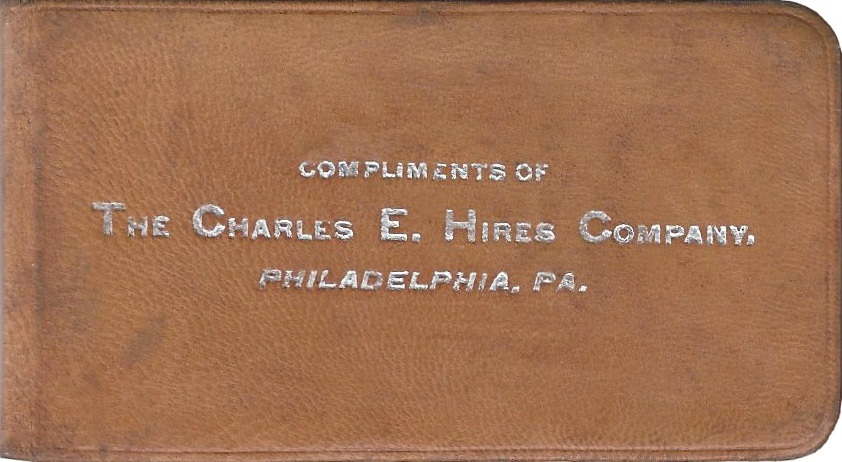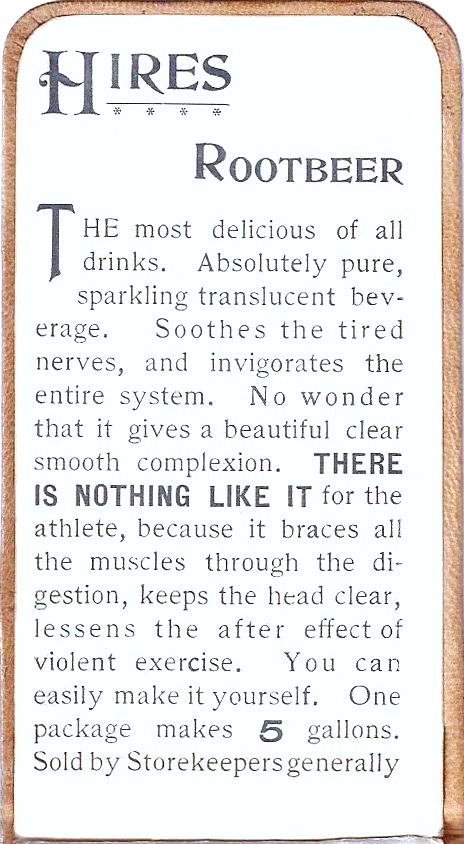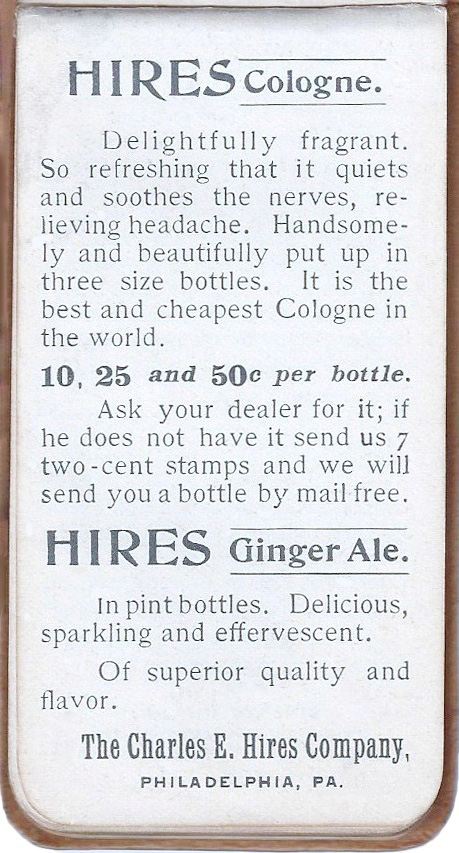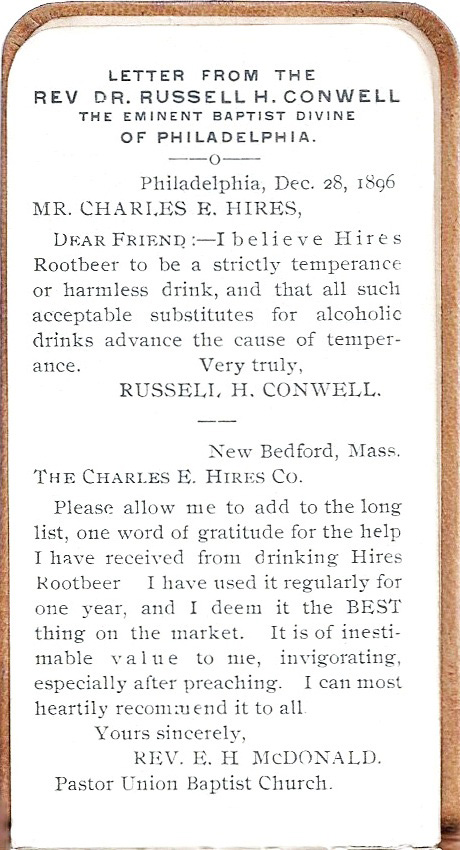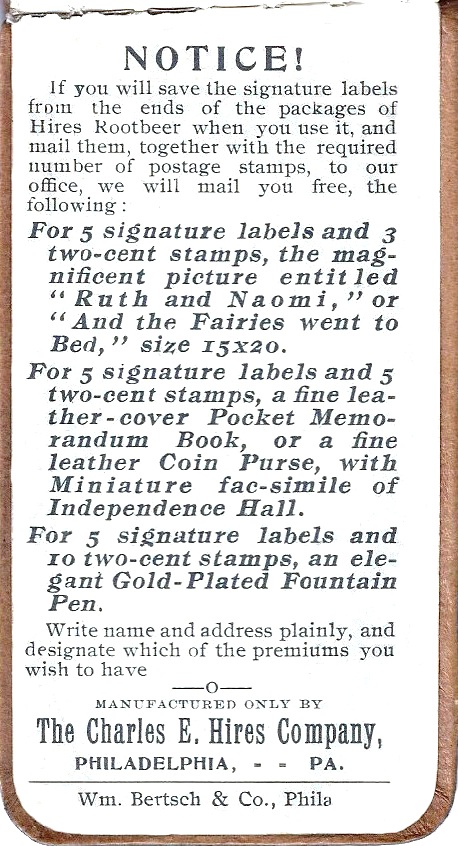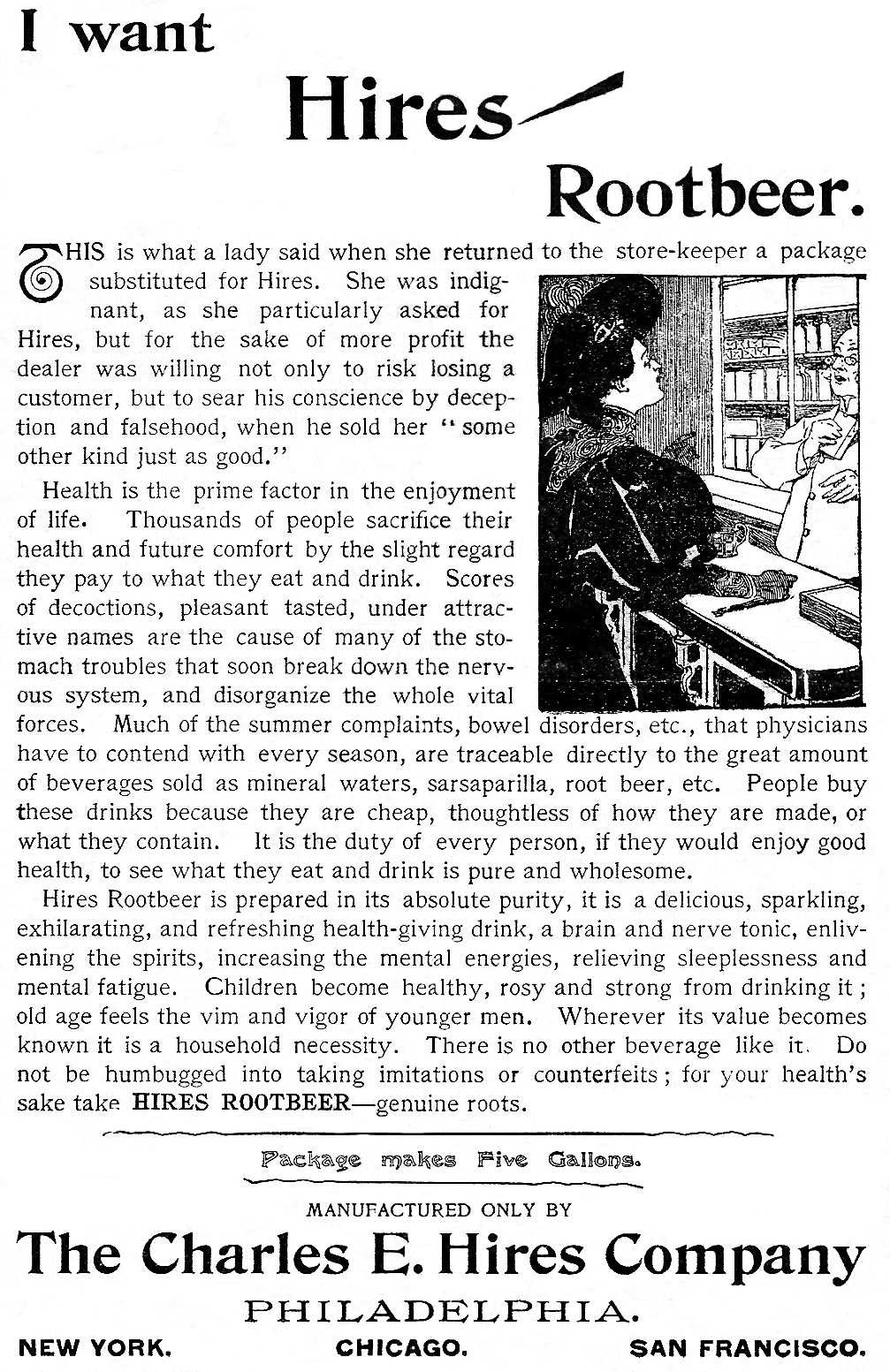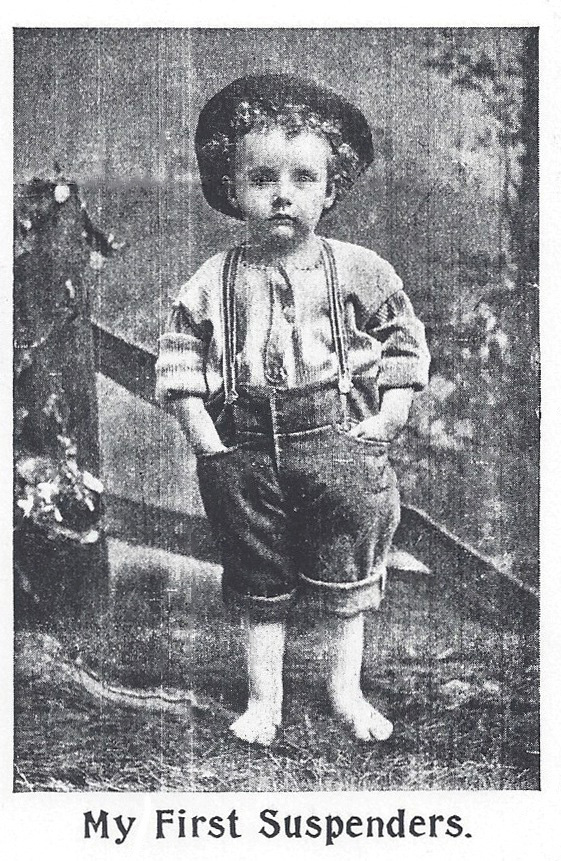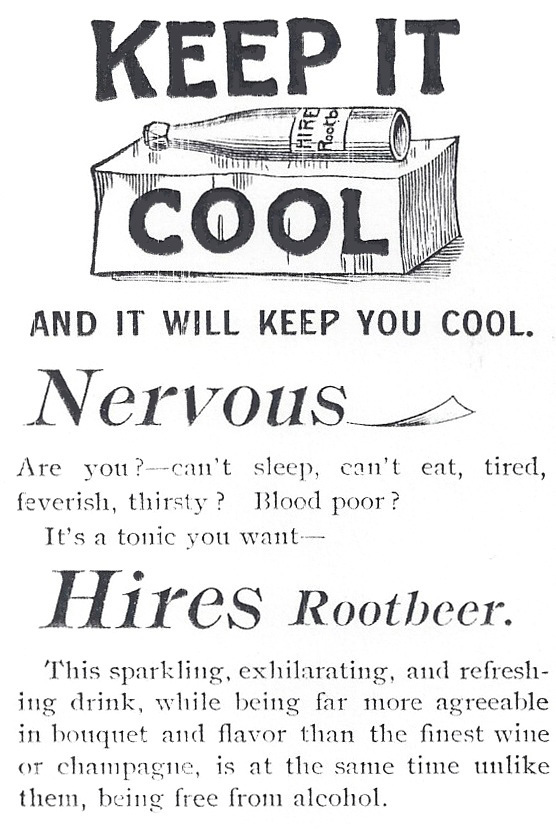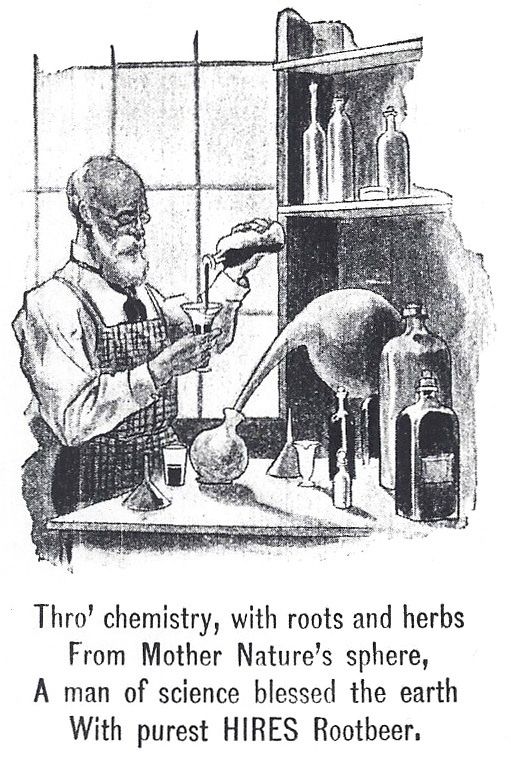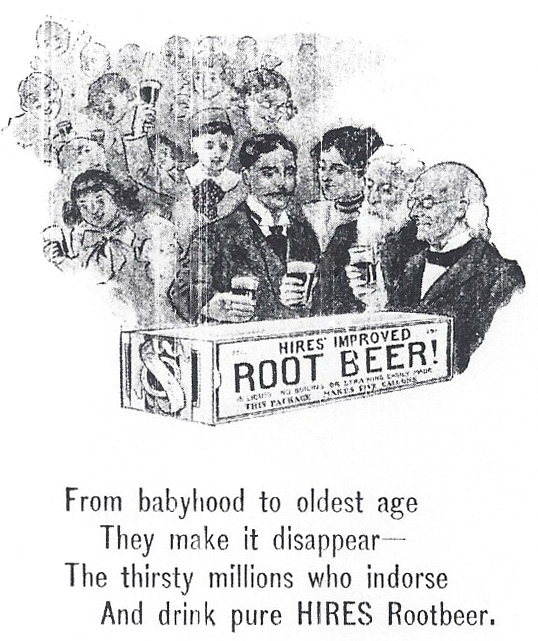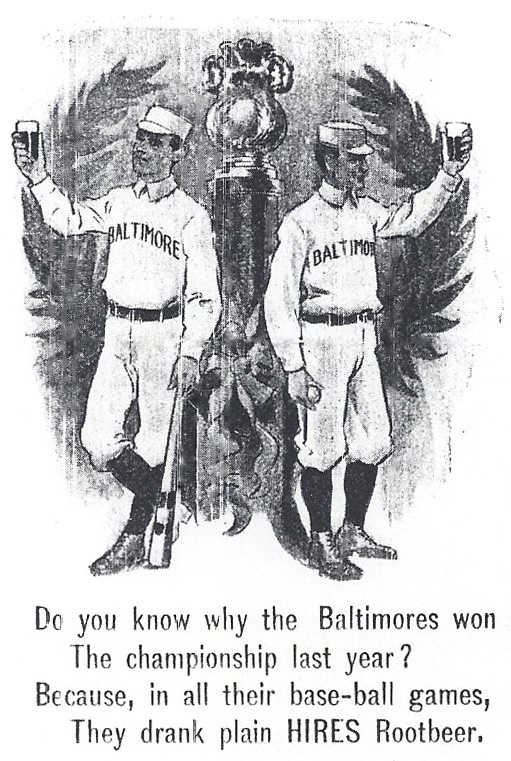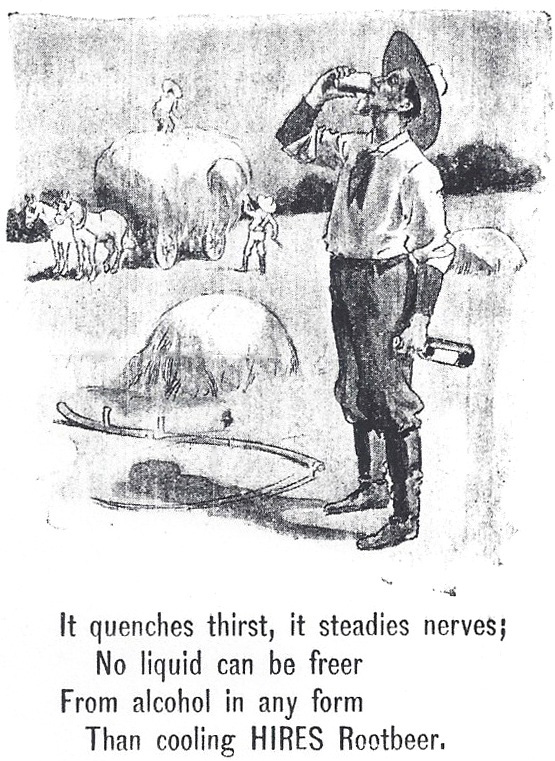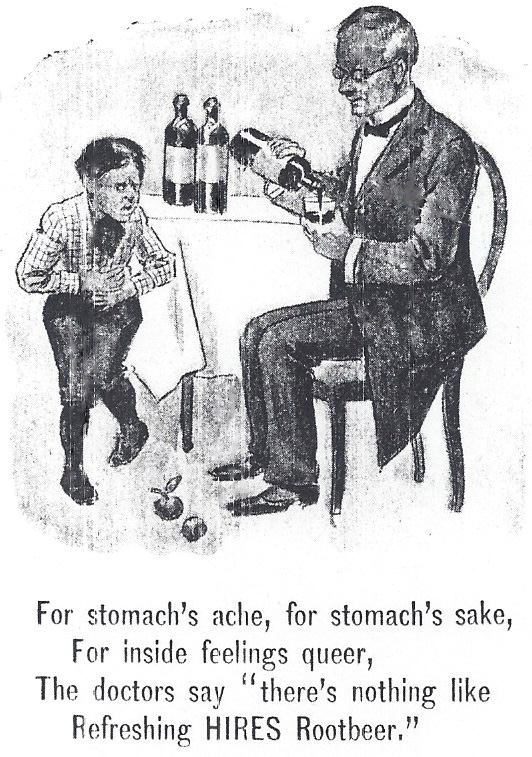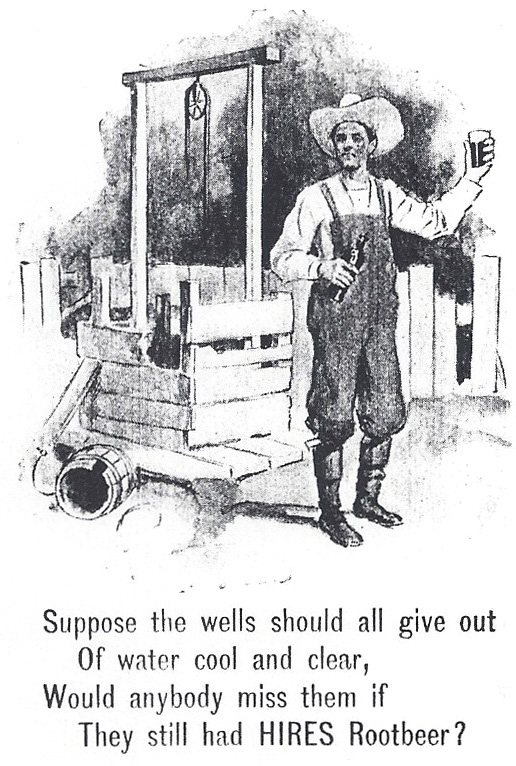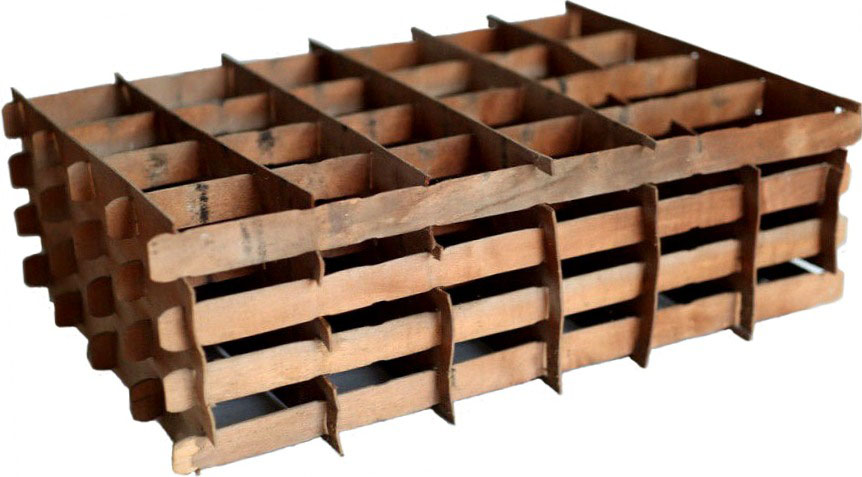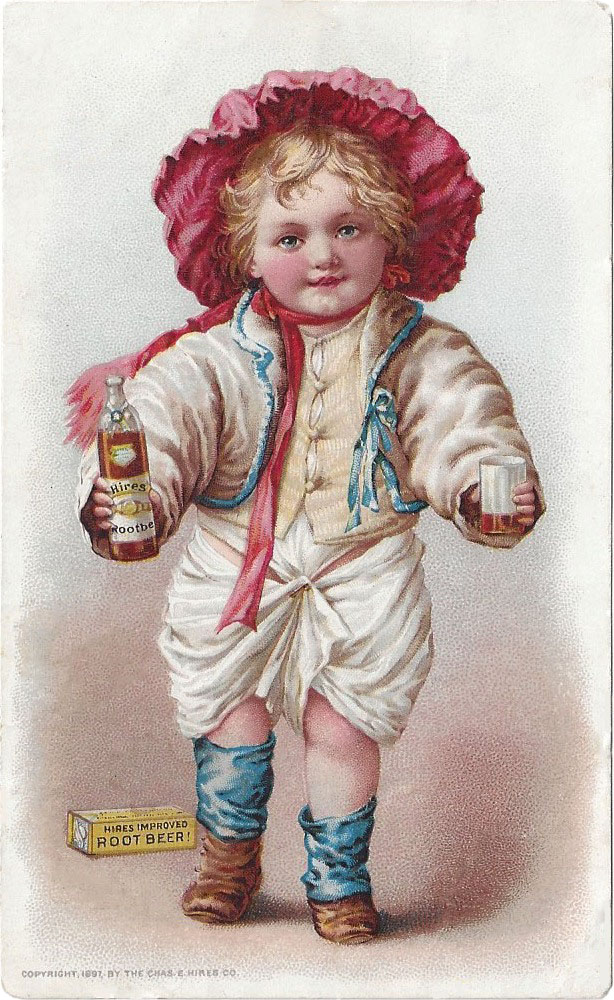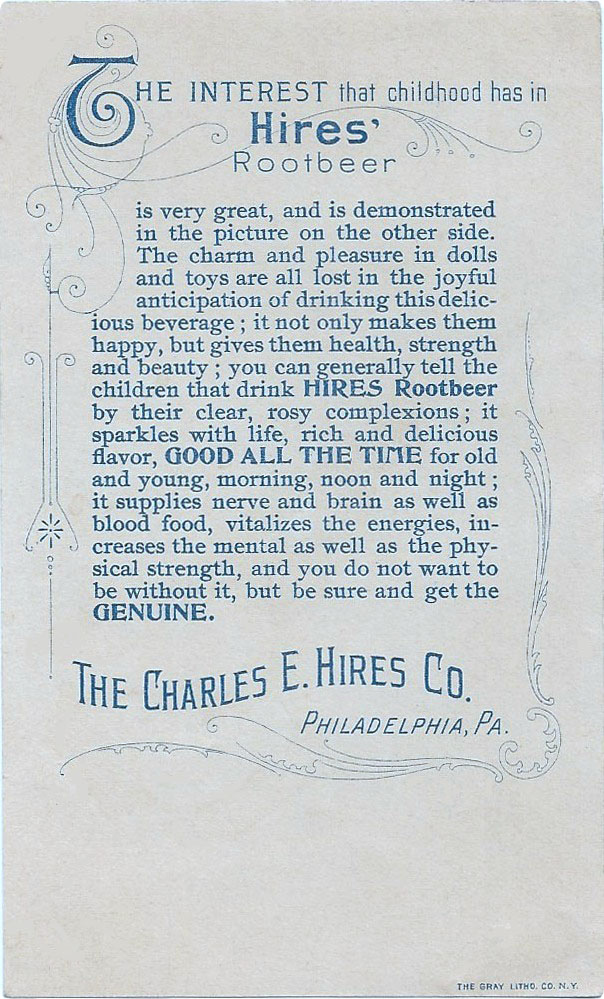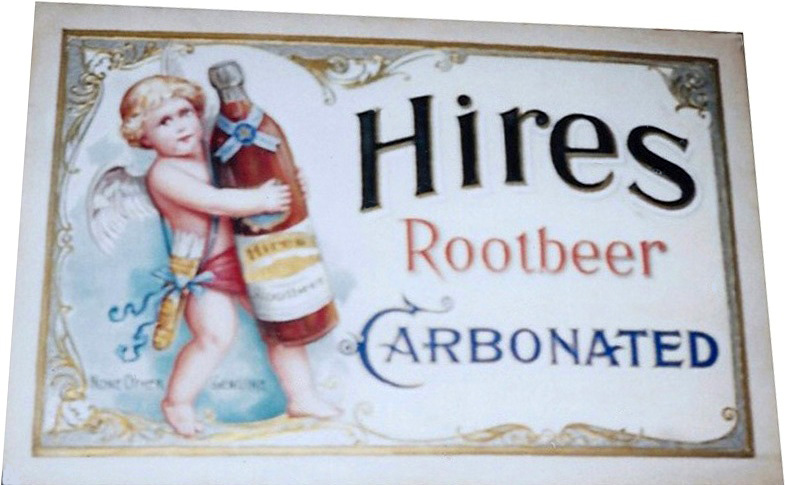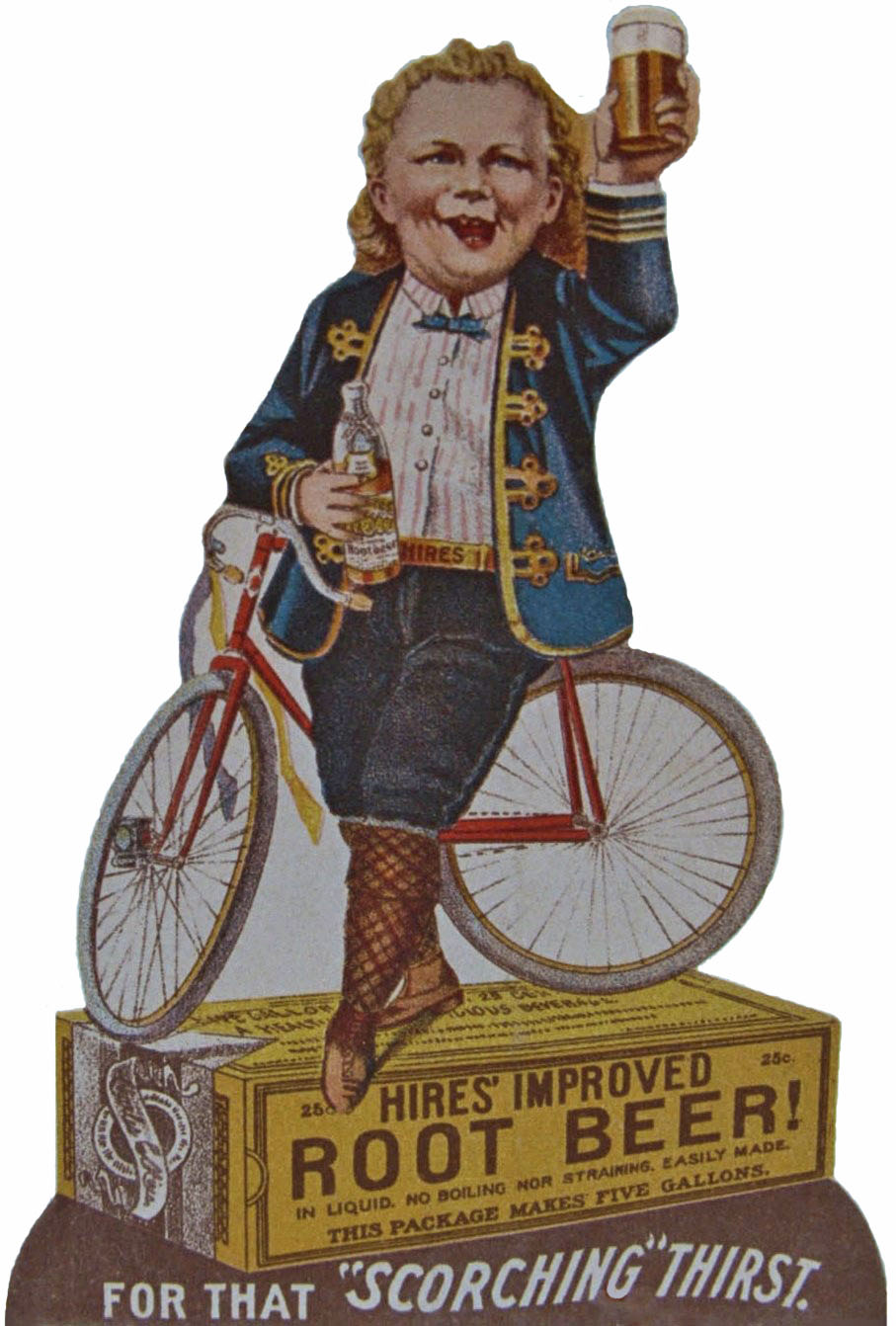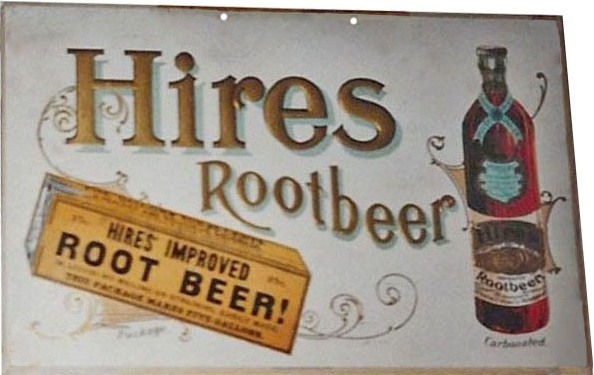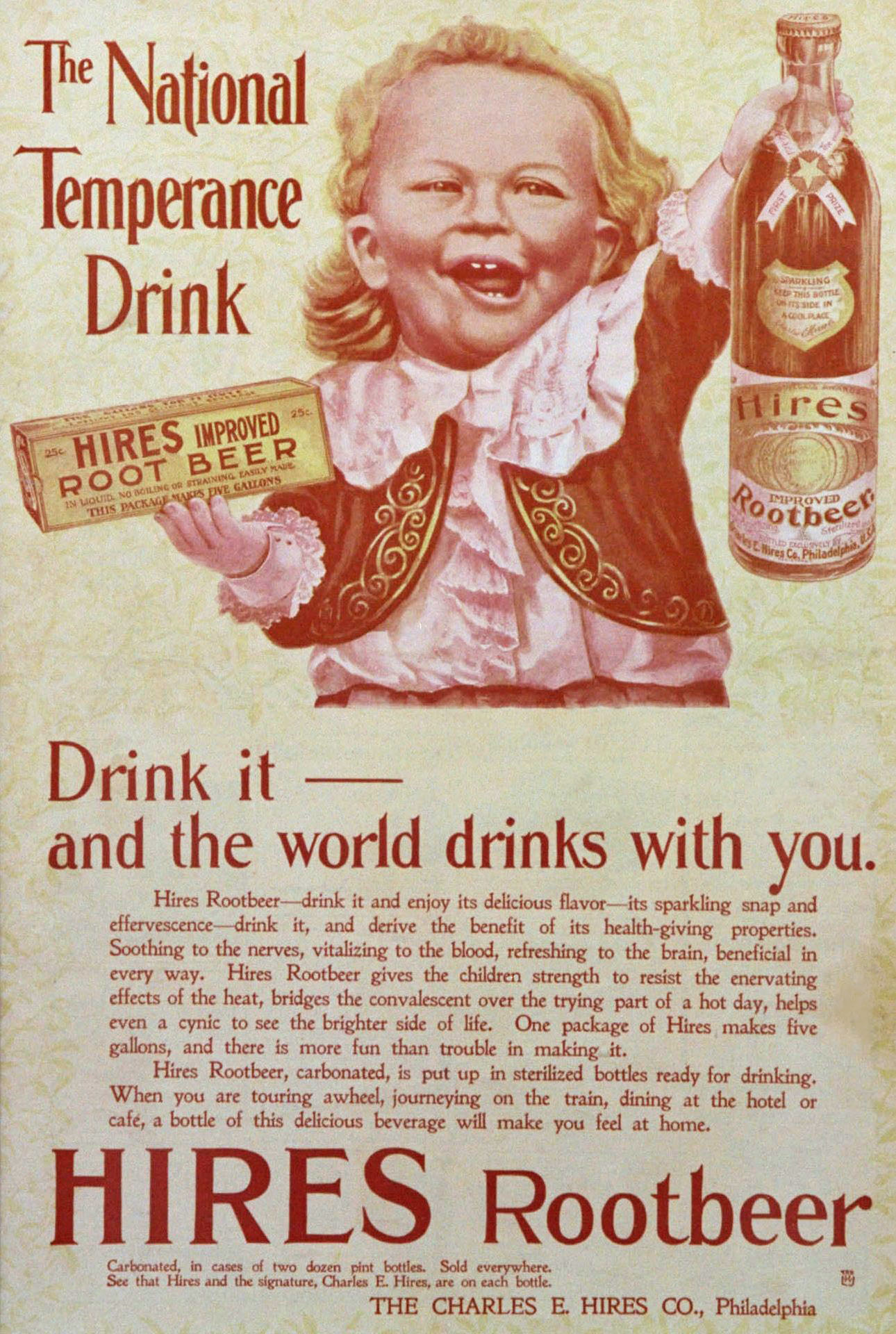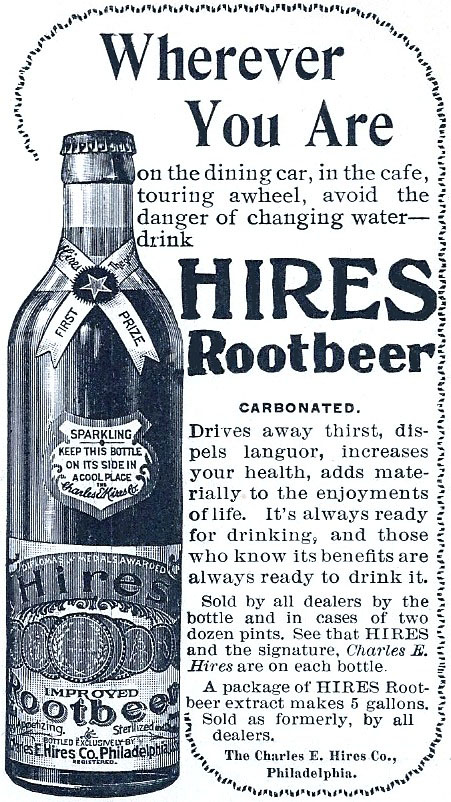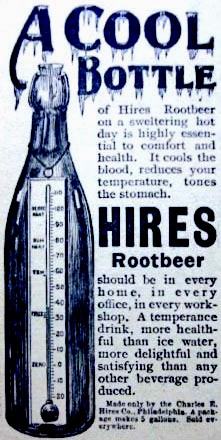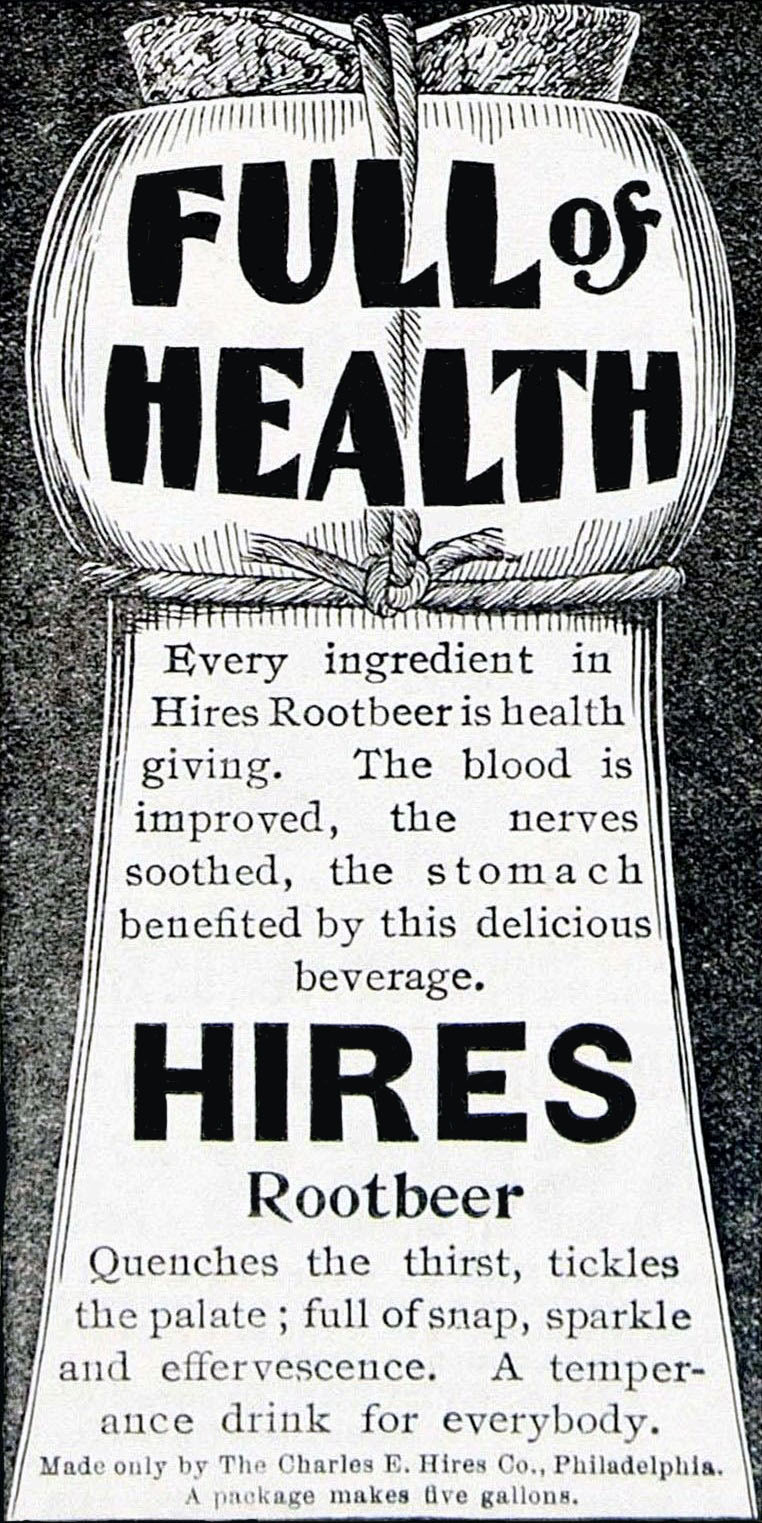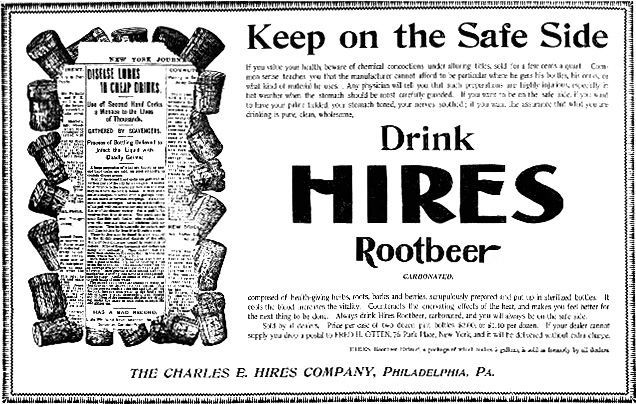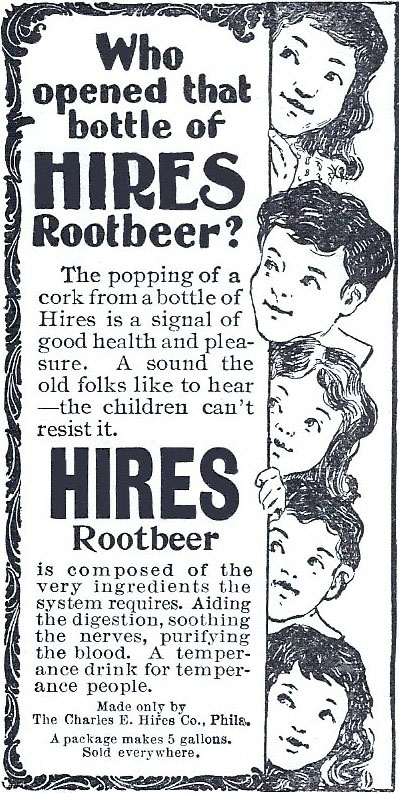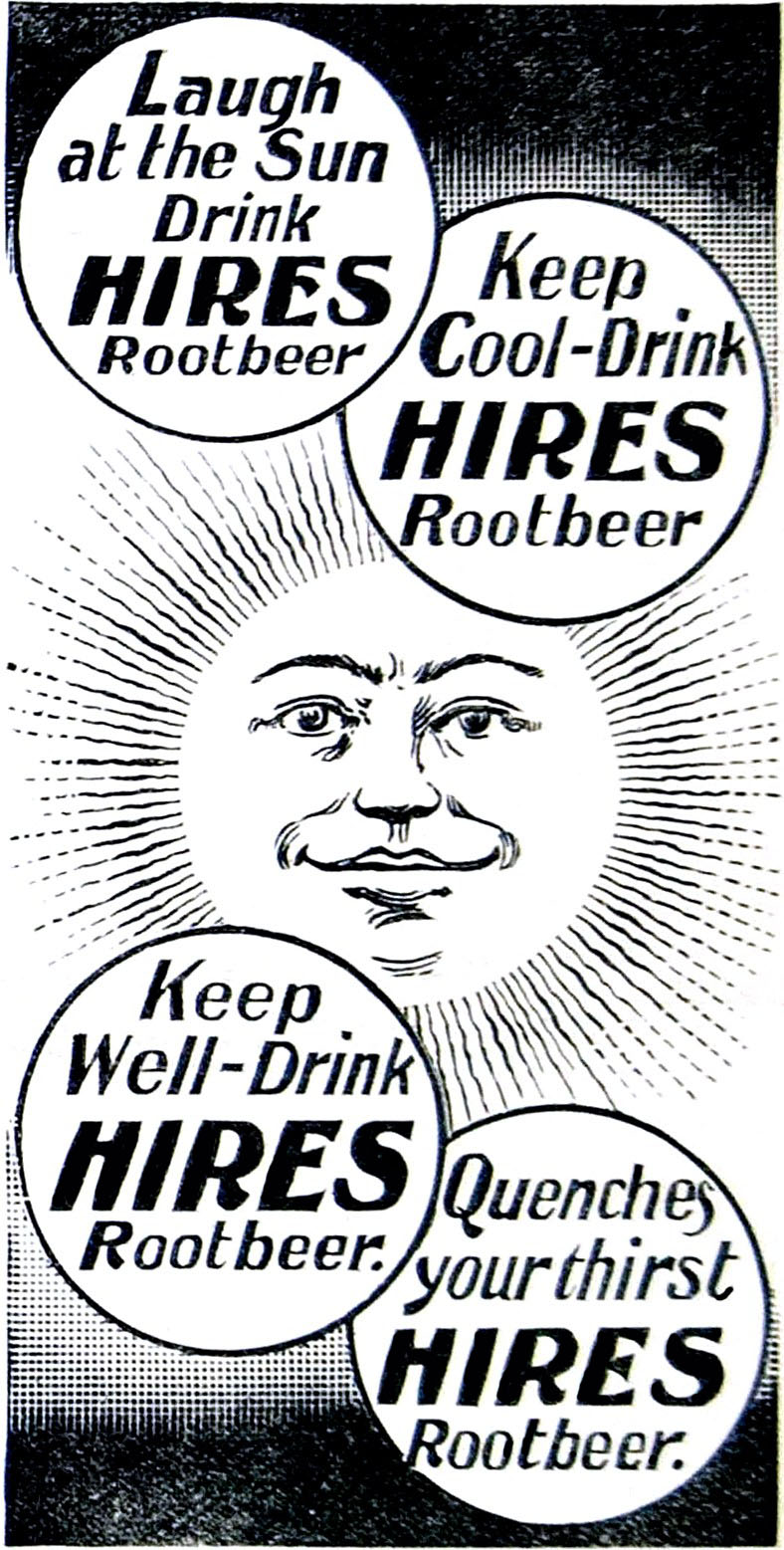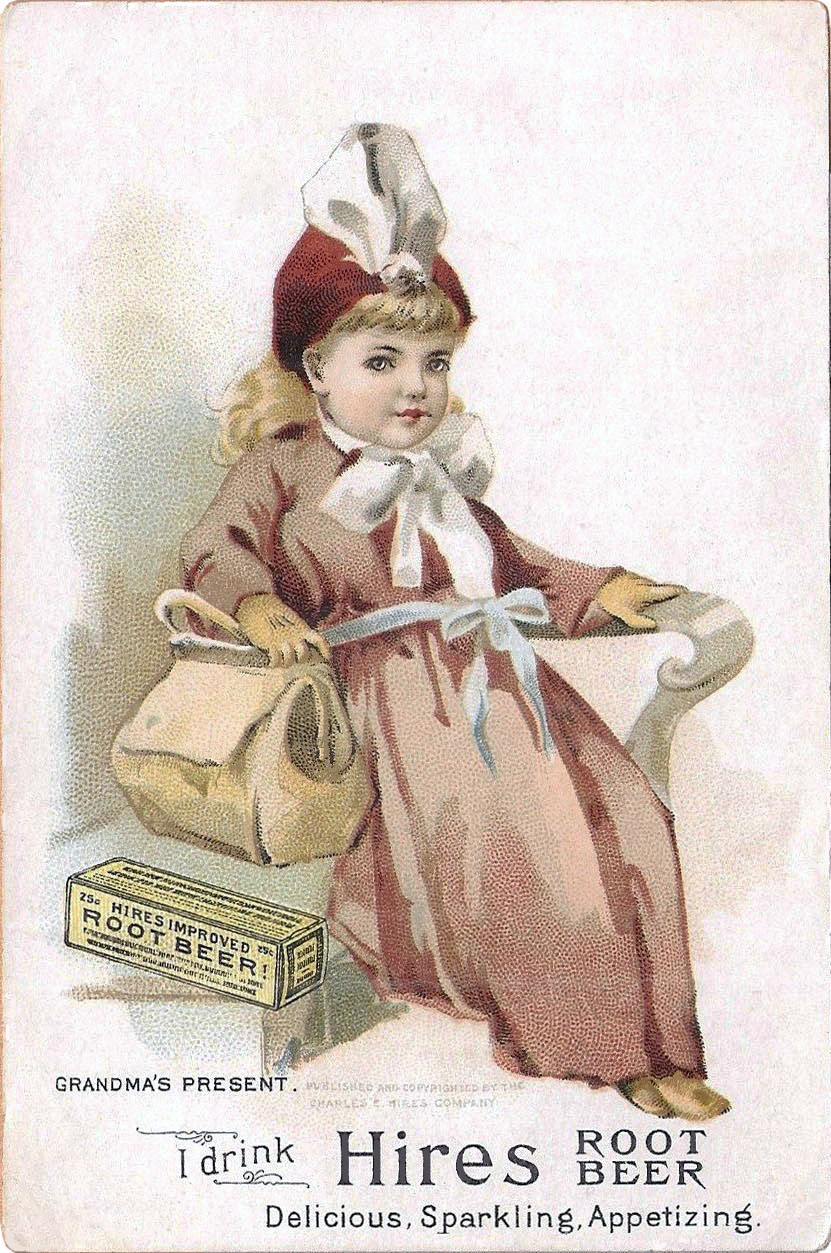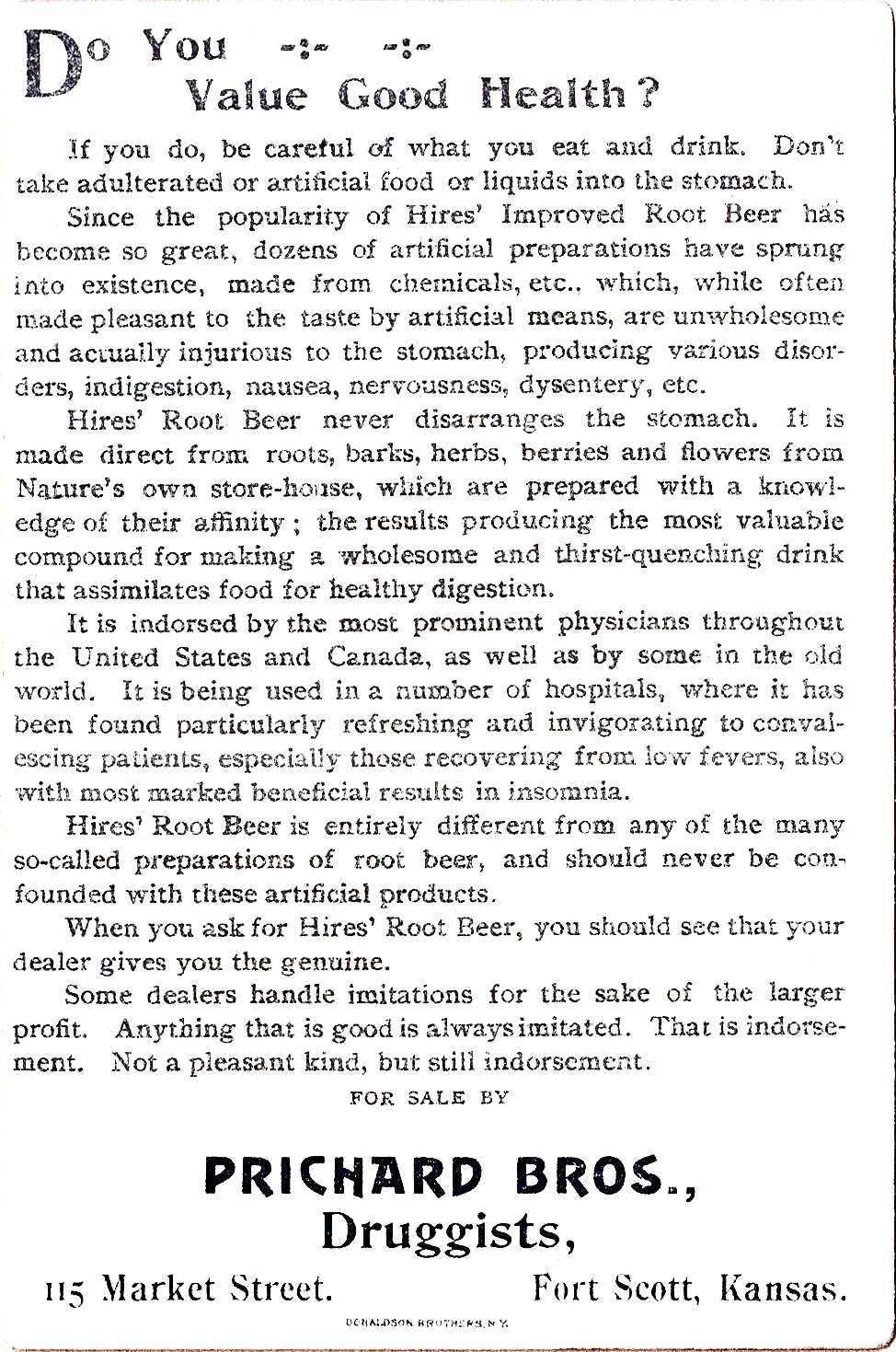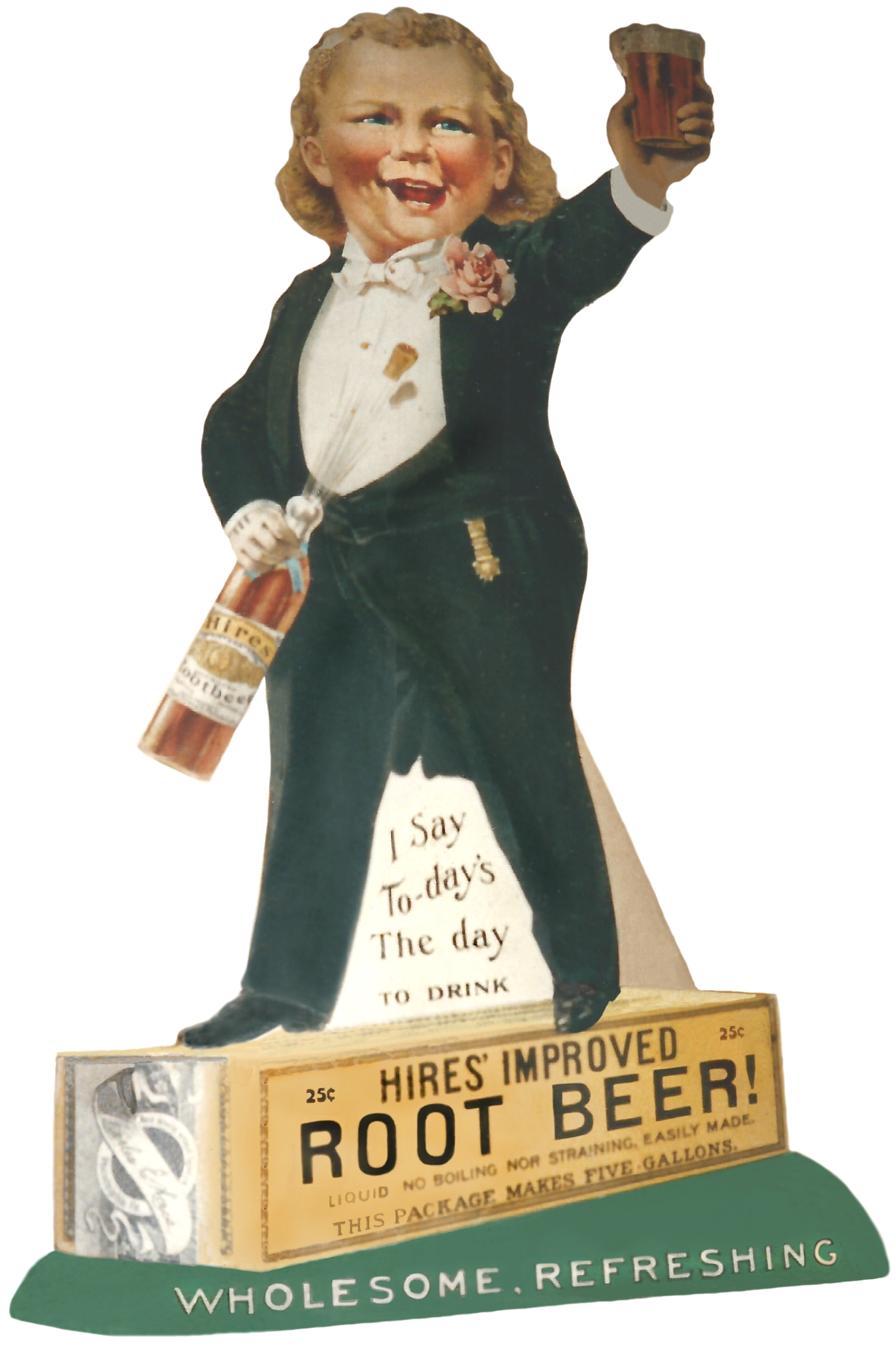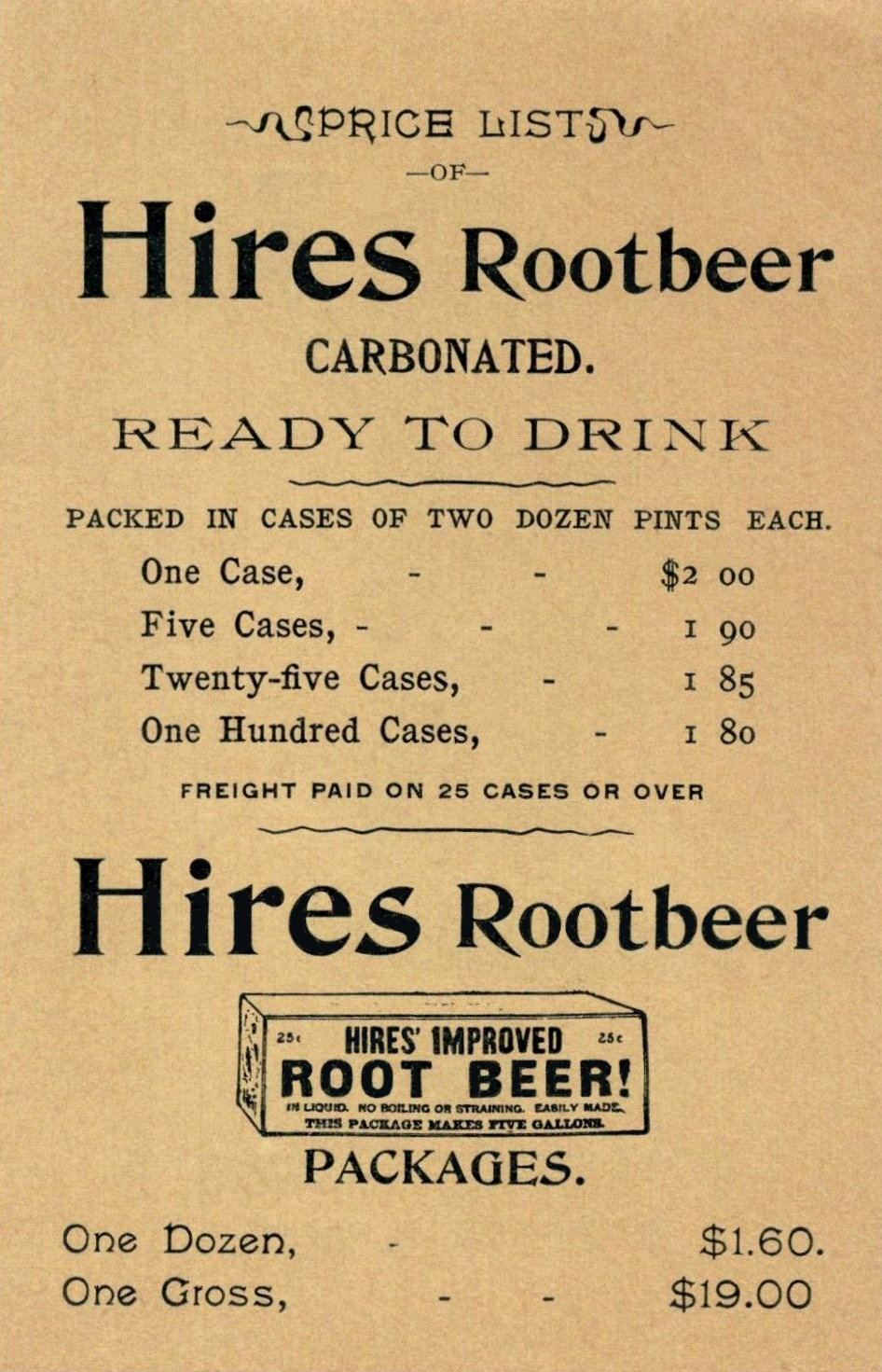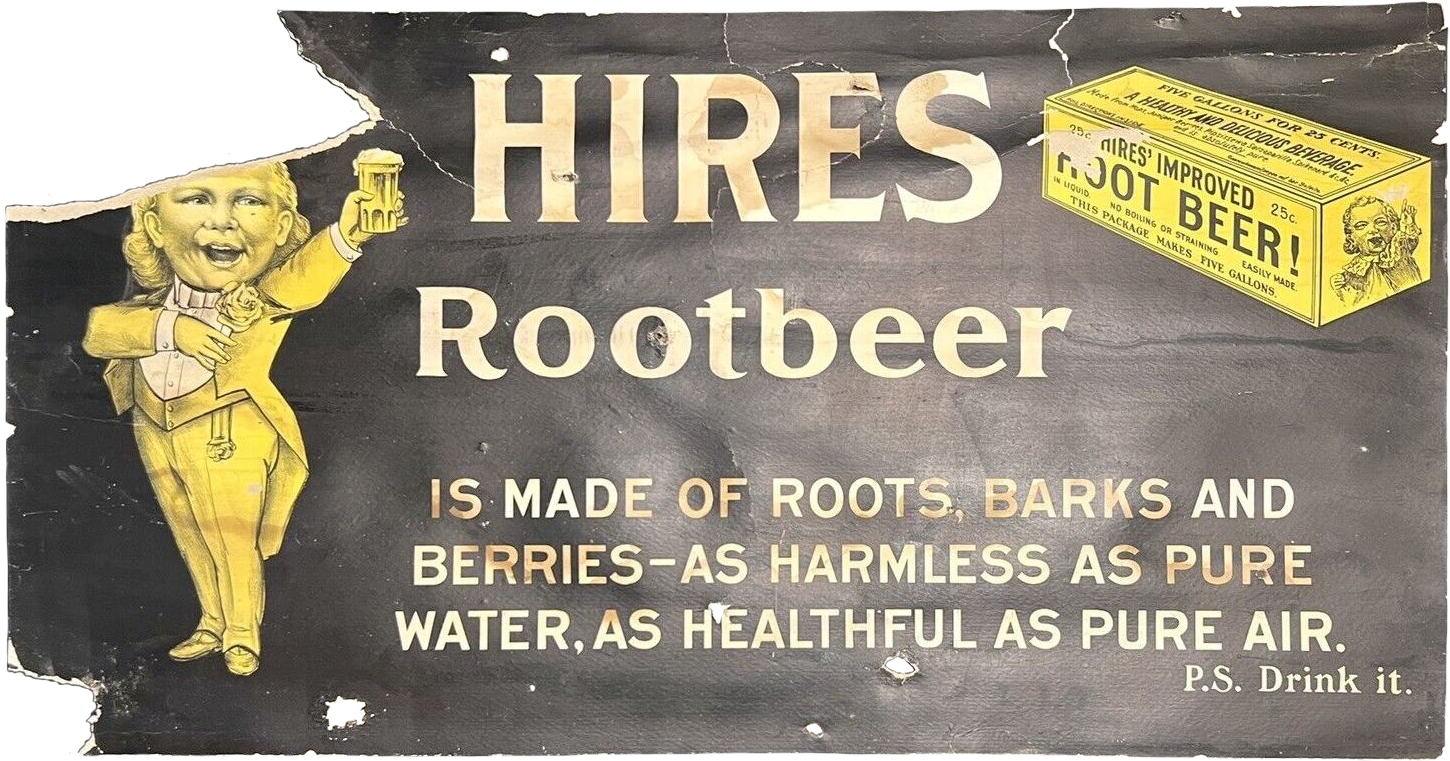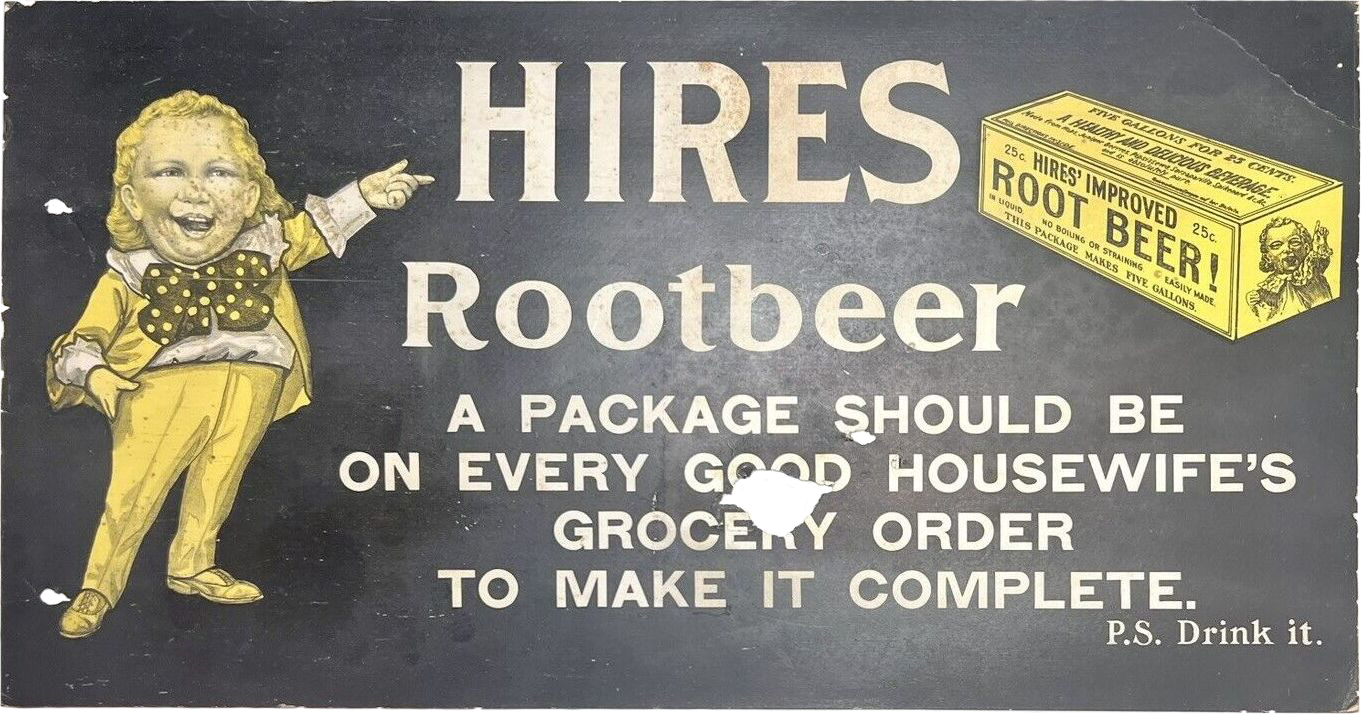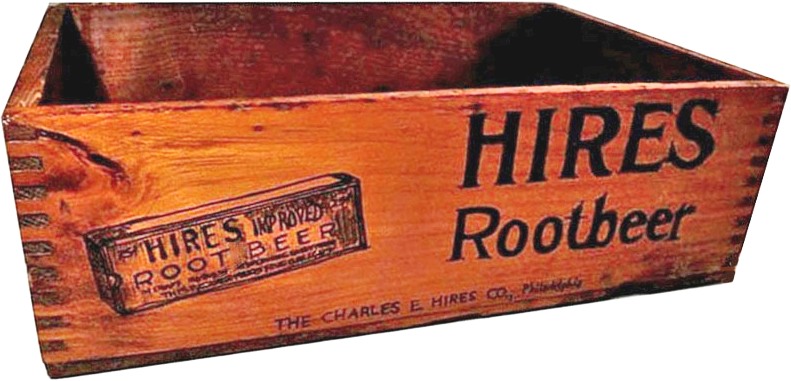1897
IT HAPPENED IN…1897
Portland, Oregon and Seattle, Washington were
important staging points for the Yukon as the Klondike Gold Rush
helped end economic stagnation caused by the Panic of 1893.
Violent actions against Cubans by Spanish
soldiers were covered in detail by the press.
The U.S. annexed the Sandwich Islands (today the
Hawaiian Islands), a movement largely directed by sugar plantation
owners friendly to America.
A coal miners’ strike in Pennsylvania, Ohio, and
West Virginia shut down mines.
As city boundaries expanded, transportation of
people became increasingly challenging.
Boston’s Tremont Street Subway, the first practical and
successful U.S. subway, opened.
Prostitution was legalized near New Orleans’
French Quarter in the “Storyville” area.
The first Boston Marathon was won by John J.
McDermott of New York City in 2:55:10.
Newly introduced products included aspirin and
Jell-O.
In
1897 Nathaniel C. Fowler, Jr. published (take a deep breath before
reading the title) Fowler’s
Publicity – An Encyclopedia of Advertising in all its forms and in all
that pertains to the Public-Seeing Side of Business.
The only complete reference book of this kind in the world.
Supplementary to the Original Page-Davis course of Advertising
Instruction by Correspondence. This massive volume contains 1,020
pages and originally sold for $15.00.
In addition to highly detailed educational material explaining
the many aspects of advertising, of particular interest is the section
covering what the author termed “Great Successes,” further defined as
“Weighty words by weighty men.”
He described these as:
Original and exclusive articles on, “How We Made
Advertising Pay,” or “What We Think Constitutes Successful Publicity,”
by the leading business men of the great civilized nations, who have
been, and are, advertisers and users of printing, and who give printers’
ink credit for their successes.
This department presents, for the first time, personally written
reasons of success, and not interviews – carefully and individually
prepared chapters of fact, not theory – individual and composite tried
and proven methods of profit, and plain, blunt, and uncolored
expressions of what is, and what should be done with, every class of
publicity. The articles are
from the makers and owners of profitable trade, and illustrate every
department of business, from the great international and foreign
advertiser to the representative retailer, including nearly all of the
great general advertisers of this country.
The authors of these articles were a “who’s who” of
America’s most successful businessmen and, not surprisingly, include
this article authored by Charles E. Hires:
CHARLES E. HIRES COMPANY
Philadelphia, Penn., “Hires Rootbeer.”
By Charles E. Hires, President.
Continued and persistent effort is bound to bring
success.
In advertising I believe that
Newspaper work, with perhaps an occasional exception, is by far the best
and most profitable advertising.
When I say this, it is with a big IF, because when placing
advertisements in Newspapers and Magazines promiscuously, without regard
to their circulation or clientage, it is a profligate waste of money.
The first and most important step in advertising is to have your
advertisements most carefully prepared, to say exactly what you want to
express, to say it in a way to attract the attention of the public, and
to say it in the least number of words possible that will be logical and
convincing, so as to impress and create customers for the article
advertised.
I believe also that an
advertisement ought to be changed every issue.
I believe the reason of the large percentage of failures by
advertisers is the result of carelessly prepared and illy gotten up
matter for the advertisements.
After you have prepared your advertisement or advertisements,
(and I say this is the most important), the next important step is to
look about you, and see what mediums will best serve your purpose in
reaching the clientage you wish as customers.
Not only this, but these mediums you select should be mediums
whose circulation there would be no question about, not made up of gift
or bonus enterprise, but of bona fide paid circulation.
It is only in this way that an advertiser can calculate upon a
certain basis for his advertising expenditures bringing specific
results.
A new paper starting out for business with a fictitious circulation, and the circulation of papers whose editors do not hesitate to make false statements in regard to the Publication are unknown facts, are to be shunned, because the results are unknown quantities, and are sure to bring disappointment, and a large waste of money. I therefore, consider the keynote of good advertising:
First: Well prepared matter, and prepared by experts
as far as possible.
Second: Frequent changes, if possible every issue.
Third: The adaptability of Newspapers for the people
to be reached, and an established publication of truthful circulation.
For want of time I will not attempt to go into the
other branch of advertising that afford publicity, because I feel that
it is too large, and my time too limited; but what I have said is what I
believe to be the synopsis and foundation of true advertising, and I
shall depend upon this year almost exclusively.
When soliciting articles, Nathan
C. Fowler also “asked a number of advertisers to send him their best
advertisement” and reprinted them in a chapter entitled “Practical
Publicity.” Charles E.
Hires complied by submitting the “Full of Snap” advertisement used in
The Youth’s Companion during
May, 1895 (see Figure 1895-09).
Another
Fowler’s Publicity chapter is entitled “Practical Opinion,”
explained as “The law of averages is safer to follow than the rule of
exceptions. The minority is
sometimes right – in uncivilized lands more often right than wrong – but
in these days of universal intelligence, the majority rule by right of
right as well as by right of power…A personal letter, accompanied by a
printed slip of questions arranged with marked simplicity, was mailed to
the great advertisers of the world.”
Here are the questions and Charles E. Hires’ responses
(underlined):
To
your business what is the relative advertising value of highest-class
magazines? 10%;
Family magazines and papers of medium grade?
10%; Illustrated papers?
5%; Religious papers?
10%; Agricultural papers?
5%; Large city dailies?
13%; Country dailies?
10%; Country weeklies?
5%; Trade papers?
1%; Posters?
10%; Catalogues?
1%; Circulars? 10%;
Lithographic cards and hangers?
10%.
Exclusive of the country dailies and weeklies, how many publications can
you use to advantage?
Most all reputable papers.
If
you were to double your advertising appropriation, what percent of
additional publications would you take?
75% dailies.
What
percent would you increase your space?
25%.
Does an advertisement of given size, every issue, pay
you better than twice as large an advertisement, every other issue, in a
monthly? Yes;
Weekly? Yes; Daily?
Yes.
How
often do you change your advertisements in magazines, weeklies, dailies?
Try to every insertion.
What
proportion of your advertisements contain cuts?
Most all.
If
you decrease your advertising during the year, during what months do you
cut it? September to
March.
How
many words, generally speaking, ought to be in an ordinary four-inch
single column advertisement?
Not over 50 or 60.
How long did you advertise before you got your money
back? 8 years.
Hires once again distributed leather-covered,
pocket-sized memo pads. The
1897 pads were produced by Wm. Bertsch & Co., Philadelphia,
Pennsylvania.
(Figure 1897-01, memo pad
cover, 4.25” x 2.375”)
(Figure 1897-01, memo pad
inside front cover, 4.25” x 2.375”)
(Figure 1897-01, memo pad
advertising, 4.25” x 2.375”)
(Figure 1897-01, memo pad
testimonials, 4.25” x 2.375”)
(Figure 1897-01, memo pad
inside back cover, 4.25” x 2.375”)
Early in1897 Hires distributed a double-sided flyer
attacking copycat root beers that storekeepers were passing off instead
of Hires’ Improved Root Beer.
The back of flyer includes temperance testimonials received from
two ministers during 1896, and product endorsements from six different
publications.
(Figure 1897-02, double-sided
flyer, front)
(Figure 1897-02, double-sided
flyer, back)
Distribution of a 12 page My First Suspenders paper booklet began in early 1897.
(Figure
1897-03, My
First Suspenders,
front cover)
(Figure
1897-03, My
First Suspenders,
page 1)
(Figure
1897-03, My
First Suspenders,
page 2)
(Figure
1897-03, My
First Suspenders,
page 3)
(Figure
1897-03, My
First Suspenders,
page 4)
(Figure
1897-03, My
First Suspenders,
page 5)
(Figure
1897-03, My
First Suspenders,
page 6)
(Figure
1897-03, My
First Suspenders,
page 7)
(Figure
1897-03, My
First Suspenders,
page 8)
(Figure
1897-03, My
First Suspenders,
page 9)
(Figure
1897-03, My
First Suspenders,
page 10)
(Figure
1897-03, My
First Suspenders,
back cover)
Close examination of My First Suspenders reveals the bottle depicted on page 10 utilized a crown cap closure. Initially the paper neck and body labels used for blob top bottles were also affixed to Hires' first crown top bottles. The labels on this example are worn and yellowed with age.
(Figure
1897-03.5, crown cap bottle with paper labels)
This wooden city case held 24 bottles of Hires separated by wooden dividers in order to minimize damage during distribution. Note mention of "CARBONATED" and "Ready to Drink," consistent with the advertising copy in My First Suspenders, page 10.
(Figure
1897-03.8, wooden city case, 13.0" x 13.0" x 19.0")
(Figure
1897-03.8, wooden dividers)
Hires copyrighted these two trade cards in 1897. If one glances quickly at the pair, they may appear to be identical, but they are actually two very different images.
(Figure 1897-04, trade card, front, 3.0” x 5.0”)
(Figure 1897-05, trade card, front, 3.0” x 5.0”)
The
first example was produced by Julius Bien & Co. in New York City.
The young girl is holding a blob top bottle of Hires Root Beer in
her right hand, and there is a Hires Improved Root Beer package on the
floor. There’s nothing else
in the background.
The
second version of this card was produced by Gray Lithography Company in
New York City. The young
girl is holding a crown top bottle of Hires Root Beer, so it is likely
this card was produced to promote Hires’ 1897 switch to the use of crown
cap bottles. The Hires
Improved Root Beer package on the floor differs from the earlier card,
and in the background is either a chair or a cast iron bed, and a doll
lying on the floor.
The backs of both cards match other than their source listings.
(Figure 1897-04 and 1897-05,
trade cards, back)
The angel pictured on this sign is holding a blob top
bottle of “Hires Rootbeer Carbonated” with full paper labels.
Note the angel's wings and “None Other Genuine” lettering.
(Figure
1897-06, cardboard sign, Hires Family Archives)
This 5.0" x 3.375" counter or table sign with an easel back ties in with the increasing national popularity of bicycling.
(Figure 1897-07, die-cut,
cardboard, standup counter or table sign, front)
(Figure 1897-07, die-cut,
cardboard, standup counter or table sign, back)
A circular promoting Hires’ Improved Root Beer to
dealers accompanied a second version of the same Hires Boy sign with
different advertising copy on the back.
(Figure 1897-08, die-cut,
cardboard, standup counter or table sign, back)
(Figure 1897-09, wall hanger,
Hires Family Archives)
Existing artwork for a blob top Hires bottle was
reworked by adding a crown cap.
(Figure
1897-10, Century
and Harpers
Weekly, May 29, 1897)
(Figure
1897-11, The
Youth’s Companion, June 1897, back cover, 16.0” x
11.5”)
A
slightly modified version of this advertisement also ran in the July 3,
1897 editions of Harper’s and
Munsey’s magazines.
(Figure
1897-12, Life,
June 3, 1897)
(Figure
1897-12.5, Ann
Arbor Register, Ann Arbor, Michigan,
June 17, 1897)
A blob top bottle was utilized for this magazine advertisement with a “thermometer” image.
(Figure
1897-13, The
Outlook Weekly, June 19, 1897)
The neck of a blob top bottle with a tied-down cork illustrated this summertime advertisement.
(Figure 1897-14, magazine advertisement)
Hires marketed directly to
German speaking customers with this half page newspaper advertisement.
(Figure 1897-15,
Philadelphia Democrat,
June 22, 1897)
An English version of the
same advertisement ran in other U.S. newspapers, including the
New York Sun June 26, 1897,
and San Francisco Chronicle
Thursday, July 1, 1897. The
headline reads “HOT WEATHER’S HERE Keep Up Your Supply of HIRES Rootbeer.”
The text states, in part:
This delicious temperance
beverage is a hot weather requisite of which every home should have a
good supply. When heat and
humidity make the earth almost uninhabitable, a cold, sparkling,
effervescent glass of HIRES Rootbeer will satisfy your thirst, refresh
and strengthen you. It
keeps the blood pure and cool, the stomach in a normal condition.
It is pre-eminently the best drink for children because of its
health-giving properties.
It is of the greatest benefit to the wearied housewife, invigorating to
the man who has worked all day, delightful to a wheelman at the end of a
run. You can’t have an over
supply of HIRES Rootbeer. A
package makes five gallons.
Beware of imitations. HIRES
Rootbeer Carbonated, ready to drink except for the cooling, is put up in
pint bottles, two dozen in a case.
If your storekeeper cannot supply you with the Carbonated…it will
be delivered at your home free of charge.
If you value your health beware of cheap mixtures called root
beer. Remember, the genuine
HIRES Rootbeer, Carbonated, is sold only in pint bottles with the name
blown in the glass, and it is prepared only by THE CHARLES E. HIRES
COMPANY, PHILADELPHIA, PA.
(Figure 1897-15.5,
Detroit Free Press,
page 5, June 29, 1897)
(Figure 1897-16,
New York Sun,
July 5, 1897)
The illustrated sidebar
New York Journal article is
headlined “DISEASE LURKS IN CHEAP DRINKS.
Use of Second Hand Corks a Menace to the Lives of Thousands.
GATHERED BY SCAVENGERS.
Process of Bottling Believed to Infect the Liquid with Deadly
Germs.” Hires added this
copy:
If you
value your health, beware of chemical concoctions under alluring titles,
sold for a few cents a quart.
Common sense teaches you that the manufacturer cannot afford to
be particular where he gets his bottles, his corks, or what kind of
material he uses. Any
physician will tell you that such preparations are highly injurious,
especially in hot weather when the stomach be most carefully guarded.
If you want to be on the safe side, if you want to have your
palate tickled, your stomach toned, your nerves soothed, if you want the
assurance that what you are drinking is pure, clean, wholesome, Drink
HIRES Rootbeer CARBONATED, composed of health-giving herbs, roots, barks
and berries, scrupulously prepared and put up in sterilized bottles.
It cools the blood, increases the vitality.
Counteracts the enervating effects of the heat, and makes you
feel better for the next thing to be done.
Always drink Hires Rootbeer, carbonated, and you will always be
on the safe side. Sold by
all dealers. Price per case
of two dozen pint bottles, $2.00, or $1.10 per dozen.
If your dealer cannot supply you drop a postal to FRED H. OTTEN,
76 Park Place, New York, and it will be delivered without extra charge.
HIRES Rootbeer Extract, a package of which makes 5 gallons, is
sold as formerly by all dealers. THE CHARLES E. HIRES COMPANY,
PHILADELPHIA, PA.
Slightly different versions of this advertisement were placed in The Black Cat and other national magazines during July, 1897. The Black Cat was an American literary magazine published in Boston, Massachusetts.
(Figure 1897-17,
The Black Cat,
July 1897)
This simple and likely highly effective summertime
1897 advertisement drove home the message by repeating “HIRES Rootbeer”
four times.
(Figure
1897-18, newspaper advertisement)
Hires’ 1897 newspaper advertisements continually
informed the public that Hires Root Beer was a “non-alcoholic…aid to
temperance.”
(Figure 1897-19, New York
newspaper advertisement)
Donaldson Brothers Lithography in New York City produced this “Grandma’s Present” trade card for Hires,
(Figure 1897-20, “Grandma’s
Present” trade card, front, 4.5” x 3.0”)
(Figure 1897-20, “Grandma’s
Present” trade card, back, 4.5” x 3.0”)
These die-cut, cardboard images of the Hires Boy and a young girl were
combined with a die-cut cardboard image of a Hires Improved Root Beer
package to create the complete window display that follows.
(Figure 1897-21, die-cut,
cardboard Hires Boy and young girl, black background)
(Figure 1897-22, die-cut,
cardboard Hires Boy, young girl, and carton window display, black
background)
This die-cut, cardboard standup counter or table sign
with an easel back pictures the Hires Boy wearing a tuxedo and likely
celebrating New Year’s Eve.
The pictured example had sustained substantial damage over the years,
and has been repaired.
(Figure 1897-23, die-cut,
cardboard counter or table sign, Hires Family Archives)
The same Hires Boy and carton image was used for this 3.0" x 5.25" cardboard wholesale price list distributed by West, Stone & Company of Springfield, Massachusetts. 'I Say To-day's The day TO DRINK" was revised to read "I Say To-day's The day TO ORDER."
(Figure 1897-23.1, cardboard
price list, front)
(Figure 1897-23.1, cardboard
price list, back)
Time has taken its toll on these three cardboard, lithographed, trolley car signs. In addition to fading and wear from handling, they suffered considerable physical damage while being replaced with other signs.
In this first example the Hires Boy was shown wearing a tuxedo very similar to the one in Figure 1897-23.
(Figure 1897-23.3,
cardboard trolley car sign, 21.0" x 11.0")
In these next two examples the Hires Boy is attired in a somewhat clownish looking suit, including an enormous polka dot bow tie.
(Figure 1897-23.4,
cardboard trolley car sign, 21.0" x 11.0")
(Figure 1897-23.5,
cardboard trolley car sign, 21.0" x 11.0")
Large quantities of Hires Improved Root Beer packages
were shipped in wooden cases with dovetailed corners.
The cases were 7.625” long, 11.5” wide, and 3.625” high.
(Figure 1897-24, wooden Hires
Rootbeer case, side)
(Figure 1897-24, wooden Hires
Rootbeer case, side and end)

